Lithium Battery Recycling and Treatment Methods

With the popularization and replacement of electronic products, a large number of discarded lithium batteries are generated. Waste lithium batteries contain a large amount of cobalt, lithium, nickel, copper, aluminum and other metal resources, which have a high economic value.
If the waste or unqualified lithium batteries can be effectively recycled and treated, it can not only reduce the pressure of waste batteries on the environment, but also avoid the waste of cobalt, nickel and other metal resources.
The Importance of Recycling Lithium Battery
1. Reduce Waste of Resources
With the gradual maturation of the lithium battery manufacturing process, the lithium-ion battery important materials, such as lithium, nickel, cobalt and other rare metals are increasingly consumed, waste lithium battery recycling can reduce the waste of resources and improve the utilization rate of raw materials.
2.Reduce Environmental Pollution
The toxic and hazardous substances in used lithium batteries, such as lithium, cobalt, nickel, etc., are prone to cause environmental pollution and ecological damage if they are handled arbitrarily. Formal recycling of used lithium batteries can effectively reduce the impact of these toxic and hazardous substances on the environment.
3. High Secondary Utilization Value
The metal materials in used lithium batteries are higher in content compared to general used batteries, and if effective recycling can be realized, it will be of great help to supplement the battery material resources. At the same time, a large number of compounds and rare earths and other resources in the used lithium batteries can also be recycled to increase their value.
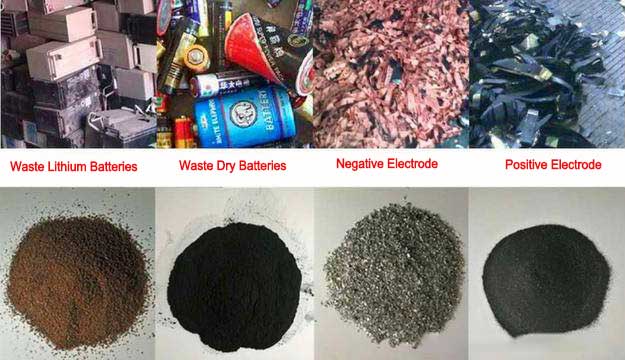
Lithium Battery Recycling Treatment Process
The lithium battery recycling treatment process usually includes the following main steps:
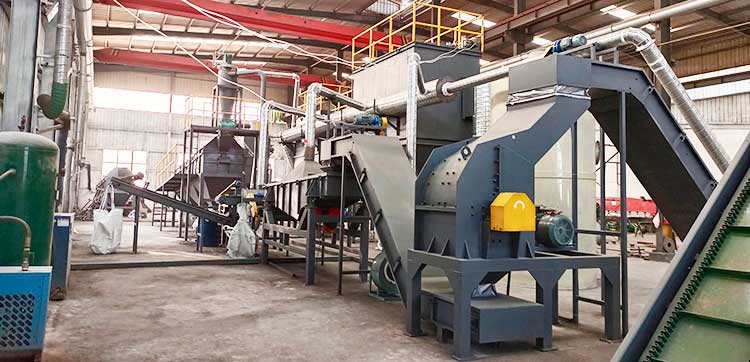
- Pre-Treatment: First, recycled lithium batteries need to go through a pre-processing step, which usually includes discharging to avoid safety risks during processing. Subsequently, the batteries are disassembled, shredded and sorted for further processing.
- Physical Separation: Valuable materials such as copper, aluminum and iron are separated from the batteries by physical methods such as crushing, sieving, magnetic separation and fine pulverization. The purpose of this step is to separate different materials for further recycling.
- Chemical Treatment: In the chemical treatment step, chemical reagents are used to decompose the materials, which may include operations such as soaking, acid washing, etc., to recover metals such as lithium, cobalt, nickel, etc., and decompose the hazardous substances into harmless ones.
- Smelting Treatment: The decomposed material is placed in a furnace and heated at high temperatures to melt the separated metals. This step is suitable for large-scale processing, but requires attention to furnace temperature control and reaction conditions to avoid the production of harmful gases ref.
- Hydrometallurgy: Hydrometallurgy is a well-established technology that uses acid to selectively extract metals from waste batteries. This method is suitable for recovering most of the metals in battery electrode materials, including lithium ref.
- Pyrometallurgical: The pyrometallurgical process involves roasting the material in a high-temperature environment to separate out the different metals. For example, in the treatment of ternary batteries, lithium and aluminum, which form the slag, are not recovered by roasting with the addition of limestone, while metals such as copper, nickel, cobalt, and manganese are separated and extracted by further processing.
- Tail Gas Treatment: Throughout the recycling process, environmental protection measures need to be taken to ensure that no pollution is caused to the environment. This includes the installation of dust collection devices and negative pressure systems to collect and treat dust, as well as the use of tail gas treatment equipment for air purification to ensure that emissions comply with relevant standards and requirements.
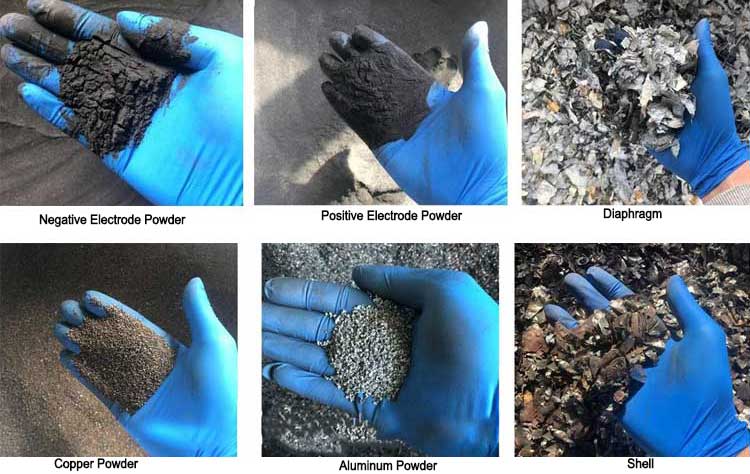
 Industrial Solid Waste Recycling [ Waste Rock ]
Industrial Solid Waste Recycling [ Waste Rock ] 6 Sludge Treatment Processes and Technologies | Cmparative & Analysis Report
6 Sludge Treatment Processes and Technologies | Cmparative & Analysis Report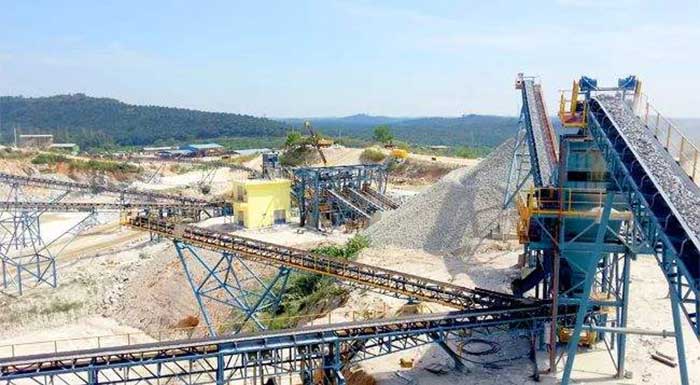 Tailings Disposal Methods
Tailings Disposal Methods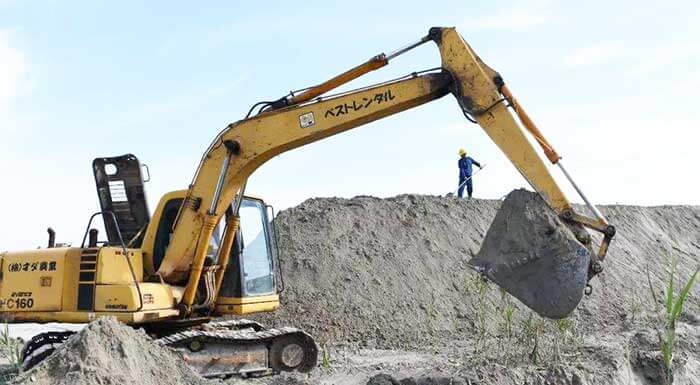 Industrial Solid Waste Recycling [ Tailings ]
Industrial Solid Waste Recycling [ Tailings ]



